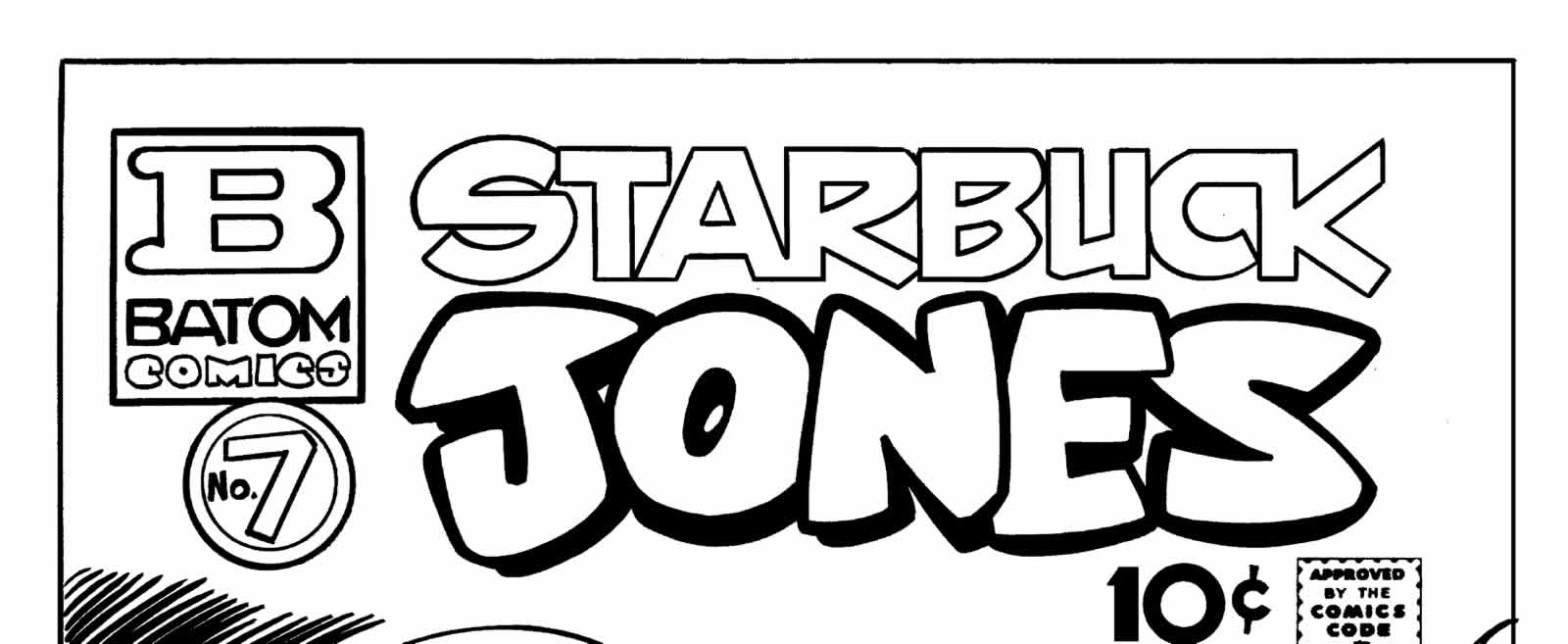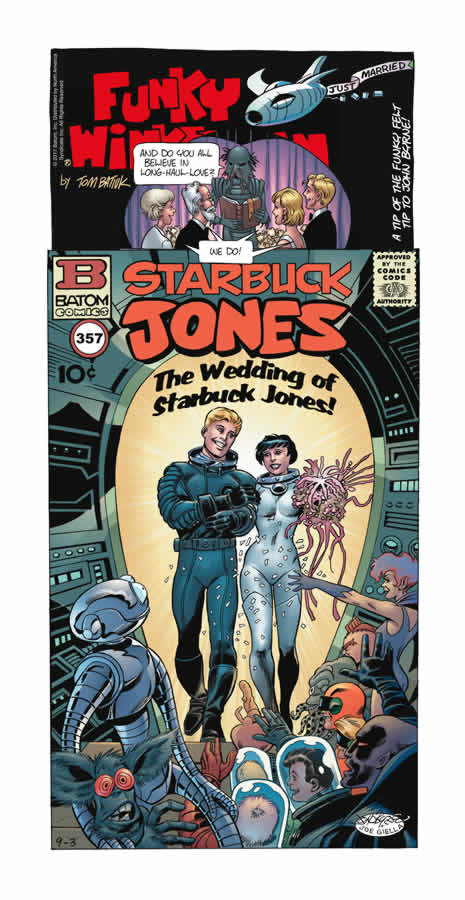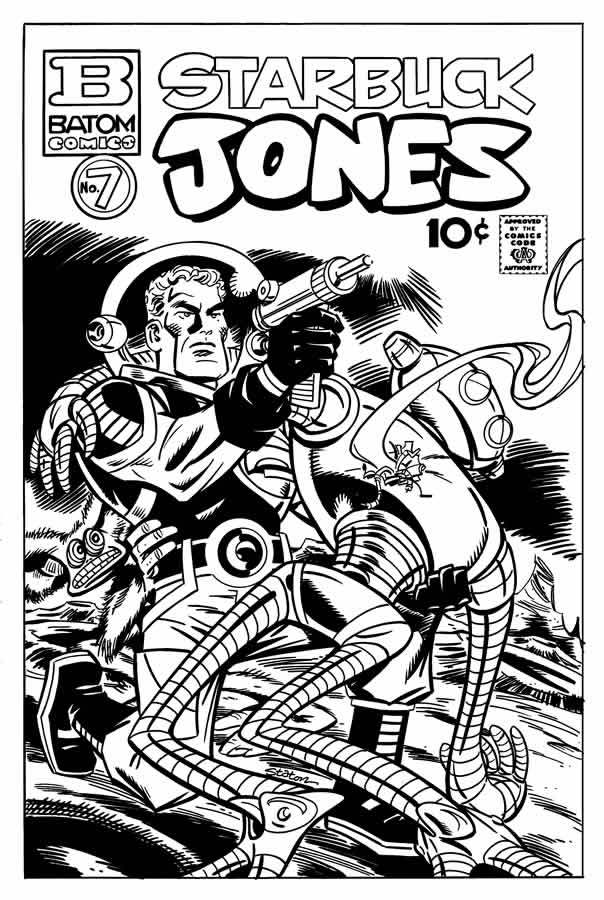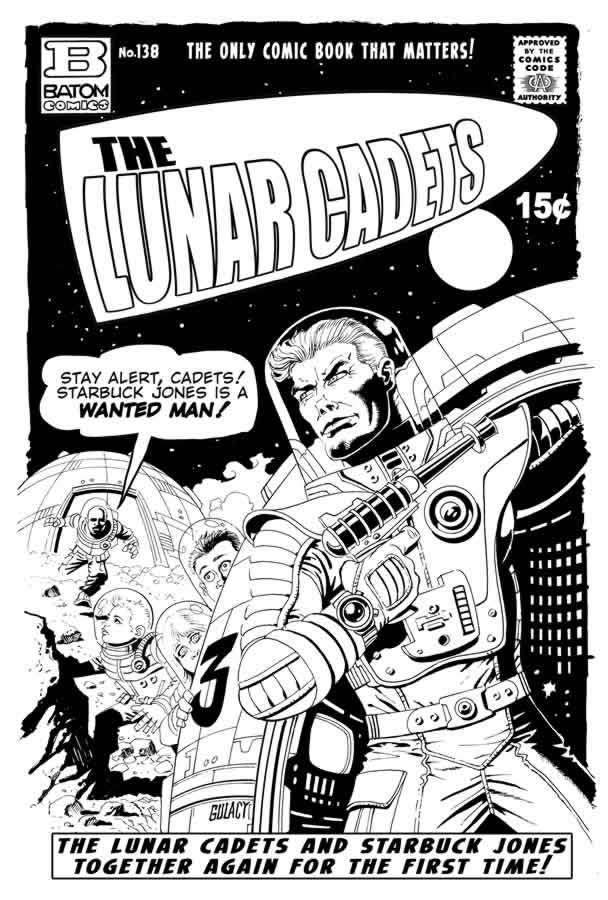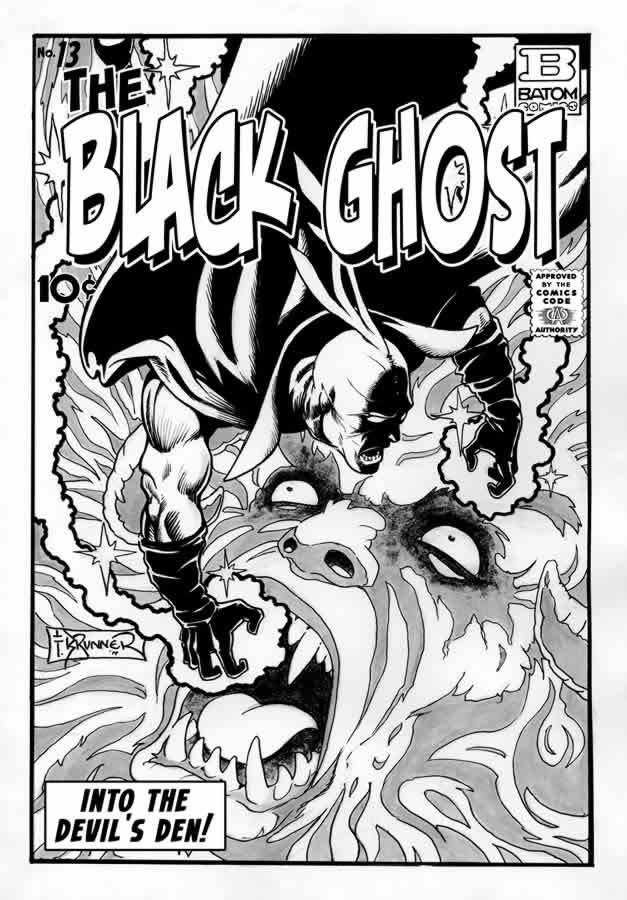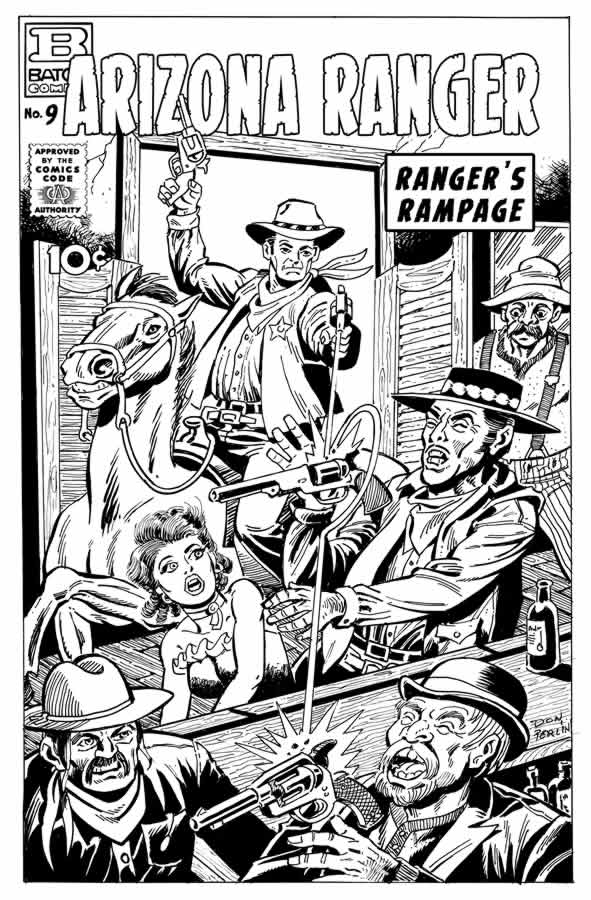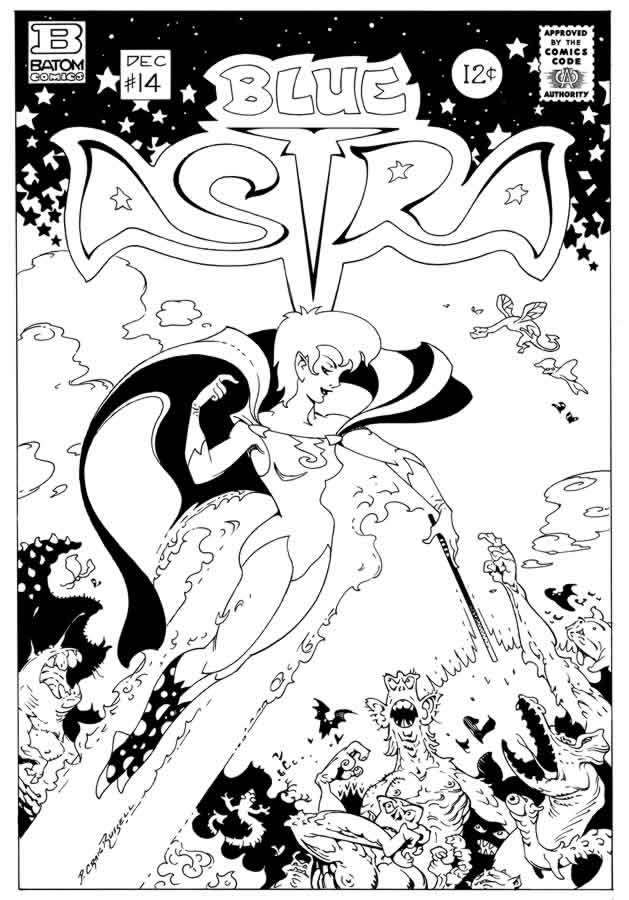‘WINKERBEAN’ CREATOR TOM BATIUK ENLISTS HIS BATOM COMICS CHARACTERS TO FIGHT CANCER
By Hector Cantú
Tom Batiuk belongs to a unique group of comic-strip cartoonists.
The Funky Winkerbean creator in 2008 was named a Pulitzer Prize finalist. Only three other newspaper strip creators have achieved this distinction in the award’s 100-year history: Garry Trudeau (Doonesbury), Berkeley Breathed (Bloom County) and Lynn Johnston (For Better or For Worse). Pulitzer judges cited Batiuk’s controversial story line in which his Lisa character battles cancer – a subject not typically covered in the funny pages.
“That sort of validated my career for me because there are only four … Trudeau, Breathed, Johnston … and Funky,” Batiuk says with a smile. “I’ll take that company. That’s not bad.”
EVENT
COMICS SIGNATURE® AUCTION 7169
Featuring the Tom Batiuk Batom Comics Collection
Nov. 16-17, 2017
Live: Beverly Hills
Online: HA.com/7169a
INQUIRIES
Barry Sandoval
214.409.1377
BarryS@HA.com
Enlarge
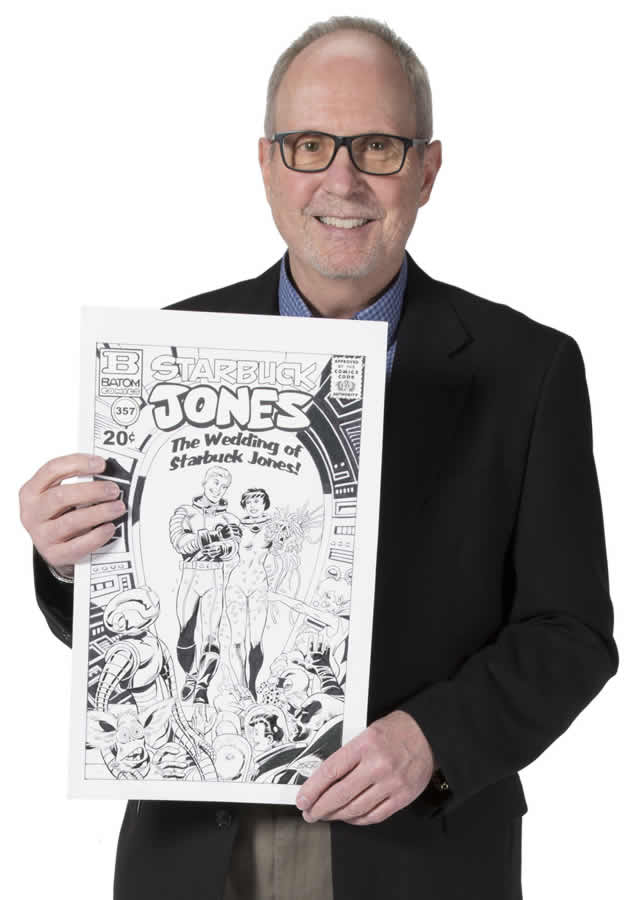
Shortly after the character’s death, Batiuk founded Lisa’s Legacy Fund for cancer research and education at Cleveland’s University Hospitals Seidman Cancer Center. Royalties from the sales of Batiuk’s Lisa’s Story, a series of books that reprint the comic-strip story, also accrue to the fund.
“It’s amazing to think you can take a comic character and do some real-life good and help people out,” says Batiuk, who lives near Akron, Ohio. “We also do a Lisa’s Legacy 5K Run and Walk every year to raise money for the fund. It’s a very satisfying thing, to know you’re doing some good for people.”
Now, Batiuk is focusing on a new way to raise money for Lisa’s Legacy Fund. He’s auctioning original art by some of his favorite comic-book artists. Legends such as John Byrne, Tom Palmer, Neal Adams, Russ Heath and Joe Staton in recent years have contributed to Funky Winkerbean by drawing 20 faux covers for the strip’s fictional Batom Comics. A comic collector himself, Batiuk has weaved stories around fictional titles such as Starbuck Jones, The Lunar Cadets, The Black Ghost and Jupiter Moon.
As an artist who once aspired to work for Marvel or DC Comics, creating his own bullpen has been a dream come true. Now Batiuk hopes his project will help the battle against cancer. Batiuk talked to The Intelligent Collector about his career, his acclaimed Lisa’s Story, Batom Comics and the upcoming auction.
Funky Winkerbean debuted 45 years ago and today it’s in 400 newspapers worldwide. What’s been the most remarkable part of your journey so far?
The most remarkable aspect has been having readers follow you on this journey. When I started, Funky was ostensibly a high school strip with teens, and I was supposed to speak to my generation and now when I go out and I’m giving a talk, I look out over the audience and there are a lot of gray heads out there. And it suddenly occurred to me. I’m still doing my job. I’m still speaking to my generation. And the most remarkable thing is that I’ve been able to move ahead with the work and take my readers with me and still have them there. That’s a real gift.
After you graduated from Kent State University in 1969, you initially wanted to work for Marvel or DC Comics?
Exactly. I was a big comic-book fan. I loved that stuff. I liked the newspaper strips. Obviously, I loved Charles Schulz, but I wanted to work for comics. So yeah, my first summer out I went to New York and visited DC first. Joe Orlando was the editor there … pretty much ate my lunch for me! He basically dressed me down for having the temerity to walk into his office. I think he felt bad because as I was leaving he offers me this Jerry Lewis comic book page. He says, “Here, at least do them [comic book pages] the right size,” because I was doing them the size … [DC Comics editor] Julie Schwartz had sent me these beautiful originals. I was doing them really big, and Joe said do them the right size. As I’m walking out the door, he’s like, “And don’t go telling everybody Joe Orlando is giving out free originals!” I said, “No problem!”
Then you went to Marvel?
Roy Thomas at Marvel Comics was nicer. He also turned me down, but he said, “This stuff is as good as some of the stuff we have now, but we don’t need that. We need better.” Which was a con, but it was very nice. He said work on your stuff and when you think you can do better … come on back and we’ll take a look at it. And that accidentally just never happened.
You never went back?
I never went back because I was teaching school in Elyria, Ohio, and I walked into the local paper, took my sketchbook, and I thought I could get a job doing spot art. I guess I was thinking some syndicate president would say, “You should be doing a strip.” But the editor there said, “We have this thing called the Tuesday Teen page and I’d like to have a panel cartoon for it.” And he was looking through my sketchbook and because I was teaching, I was sketching the kids in school, the teachers and putting funny little comments for my own amusement. He liked it and so I started doing this cartoon once a week called Rapping Around. I really liked doing it and I forgot all about Marvel and DC Comics. I got such a nice response to it that I started getting thoughts of syndicating, and my energy was focused on doing a syndicated strip.
So Funky starts appearing in newspapers in 1972. Let’s jump to 1999, when you decide to give your Lisa character breast cancer.
I had done a little time jump and moved my characters closer to my age. When I started, I was like 24, so I was maybe 10 years older than the kids I was teaching in school and it seems like that’s a good spread for me. It takes me 10 years to figure out what just happened to me and work it in! I wanted to bring the characters up closer to me again and at the same time, I wanted to reflect things that I was running into at this point.
Enlarge
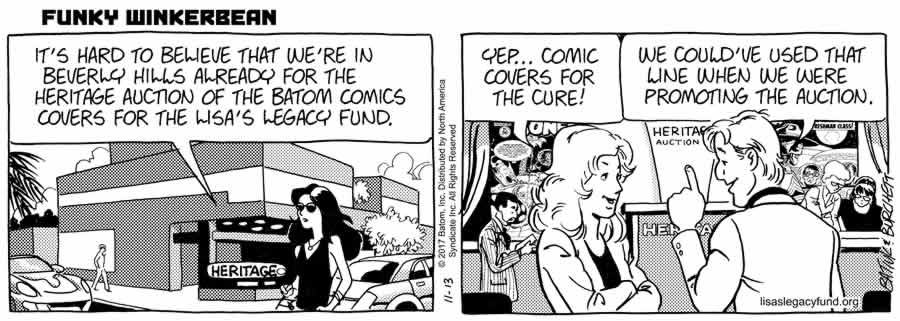
I was beginning to hear about friends and relatives who were experiencing the kind of things that happen in life, like breast cancer. At the same time, there were lots of groups out there really doing a lot to raise awareness of breast cancer. So it was in the air. And I wanted to do more extended pieces, and rely more on behavioral humor … the way people naturally relate with one another, which would allow me to do a story on breast cancer. There’s humor there, but you have to hunt for it, you have to dig for it.
I worked on Lisa’s story for about a year off to the side, just reading, talking to people and really trying to make myself understand that experience and what it felt like.
So after a mastectomy and chemotherapy, Lisa was cancer free. But in 2006, the cancer returned…
There was no point in telling the story a second time. If I went back, there had to be a reason for doing it. So I thought of taking her and my readers to a place I hadn’t gone before, tackling something a little tougher. So I researched it. I remember telling my wife Cathy, “There’s going to be a lot of cancer books laying around and I don’t want you to worry about anything.” So I went back a second time and took it to a more ultimate conclusion.
After Lisa died in the strip, you launched Lisa’s Legacy Fund.
It came out of everything that was going on. Lisa was dying in the paper, the Lisa’s Story book came out and it was being talked about a lot. There was a meeting and somebody suggested creating a fund for cancer research and education and it was great, so we did that. Cathy and I made a contribution to launch the fund, to get it going, and it’s been running ever since. They focus on educating people diagnosed with cancer and letting them know what’s going on. And then there’s follow up, what to expect afterwards.
Since Lisa’s Story, both Cathy and I have been diagnosed with cancer. We’re doing well, but you understand how this benefits people. I have to say, having written Lisa’s Story and having learned all about that, I was sort of educating myself, and that was very helpful. When I was diagnosed with cancer, that taught me a lot. I told myself, “I know how to handle this.”
Talk about the origin of your Starbuck Jones character. It’s related to Funky’s wife, Holly, and her son Cory?
Because of the war in Iraq, I wanted to be a part of that, so Cory is serving in Iraq and … I started thinking what I could do to reflect the lives of people back home. And I thought what if Holly decided to complete [Cory’s] comic-book collection for him? I had mentioned a Starbuck Jones comic one time so I said, “What if she collects all of his missing Starbuck Jones comics so when he comes home, he has a complete run of Starbuck Jones?”
What’s the history of Starbuck Jones?
He’s based on a character I created in the fifth grade. I knew I wanted to do a bunch of comic-book covers in Funky and I didn’t want to get sued by Marvel or DC so I said let’s do Starbuck Jones. The intention was to create those covers and just go forward. Then I thought, “What if I could get some guys whose work I have admired, get them to create these faux comic book covers for Batom Comics?”
Batom Comics is what I called my little comic book company back then. And so the first guy I called, I talked to Joe Staton at the comic con in Akron and Joe was great. He was marvelous because he teed it up for everybody. He created the logo, the way we put it all together, the look for Starbuck Jones, and it was absolutely wonderful!
So these Starbuck Jones covers started appearing in Funky Winkerbean’s color Sunday comics? They represent the comics that Holly found?
Enlarge
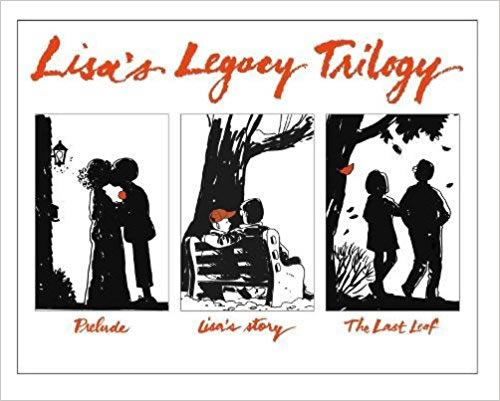
Yes, they would appear at some point in the story line where she was getting the next comic and she got them in all kinds of different ways. She went to Comic-Con in San Diego to try to find the final comic she needed and ended up getting it at a garage sale. So the comic was somewhat related to her search. One comic she found on the Internet on Mother’s Day. She outbid somebody for it! So that was great. It was a lot of fun.
So we had seven original Starbuck Jones comics and it was so enjoyable that I went back and dipped into my other Batom characters, of which I had an abundant supply! I think fifth grade was my most prolific year in terms of coming up with characters! So I went back and started grabbing some of those others and using them to talk about this story.
How did comic-book artists respond when you contacted them to do faux covers for Funky?
It was fantastic! These covers were coming from my heroes, guys I really loved. Neal Adams. Tom Palmer. I couldn’t believe this was happening. And then one morning, I woke up and I just got out of bed and I go, “What if we auctioned them off for the Lisa’s Legacy Fund? That would be so cool.” Because I didn’t know what I was going to do with these original covers. I’ve collected a lot of comics. I had no more wall space left to put them up, and I thought an auction would be so cool. And that was it. Obviously, I was aware of Heritage Auctions and I’d seen catalogs, sometimes with things going to charity events. And so I called and here we are.
How have the artists reacted to the auction?
Everybody seems to love it! What I’m doing is keeping everybody in the loop. On my website, we have a gallery and every two weeks leading up to the auction in November, a new cover is released and then I do a blog post about it, and I write and talk about the artist. It was fascinating, like owning a little comic-book company. I’m also doing a couple of weeks in the strip where Lisa’s son Darin gets some comic-book originals from some old Golden Age cartoonist and he decides to auction them at Heritage for Lisa’s Fund.
What’s your ultimate goal with this auction?
These are beautiful originals and it would be a shame to have them sitting in a drawer at my house when somebody can have a nice Neal Adams on their wall. It’s a quirky, unique venue and story behind these covers. But basically, I hope people can grab something from their favorite artist and get a print showing how it ran in Funky. And obviously, the end result is that Lisa’s Legacy Fund can continue educating people about cancer and dealing with it and making their lives a little easier. If that happens, then that’s fantastic.
HECTOR CANTÚ is editor of The Intelligent Collector and co-creator of the Baldo syndicated newspaper comic strip.
Enlarge
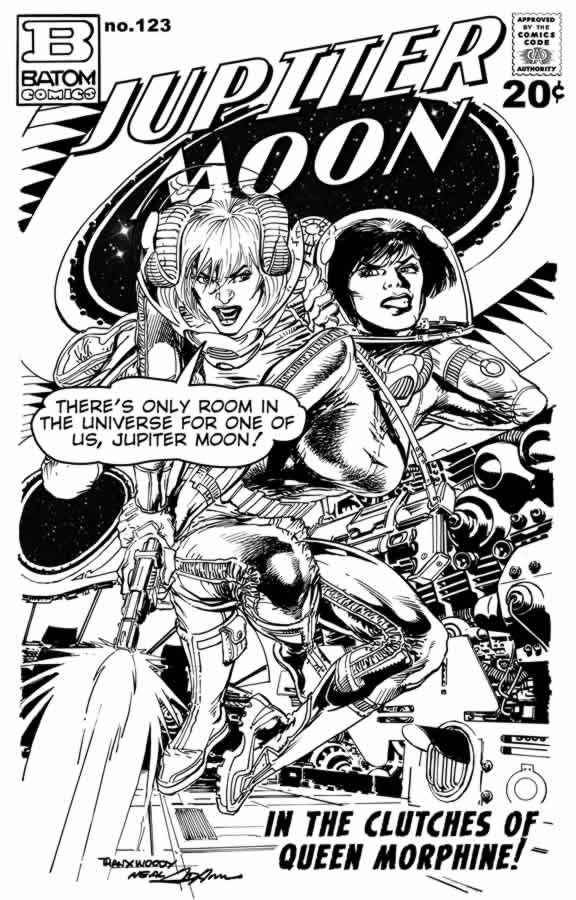
Funky Winkerbean
Sunday Comic Strip Original Art
Featuring Jupiter Moon
Oct. 2, 2016
Enlarge

Funky Winkerbean
Sunday Comic Strip Original Art
Featuring Starbuck Jones
June 5, 2016

